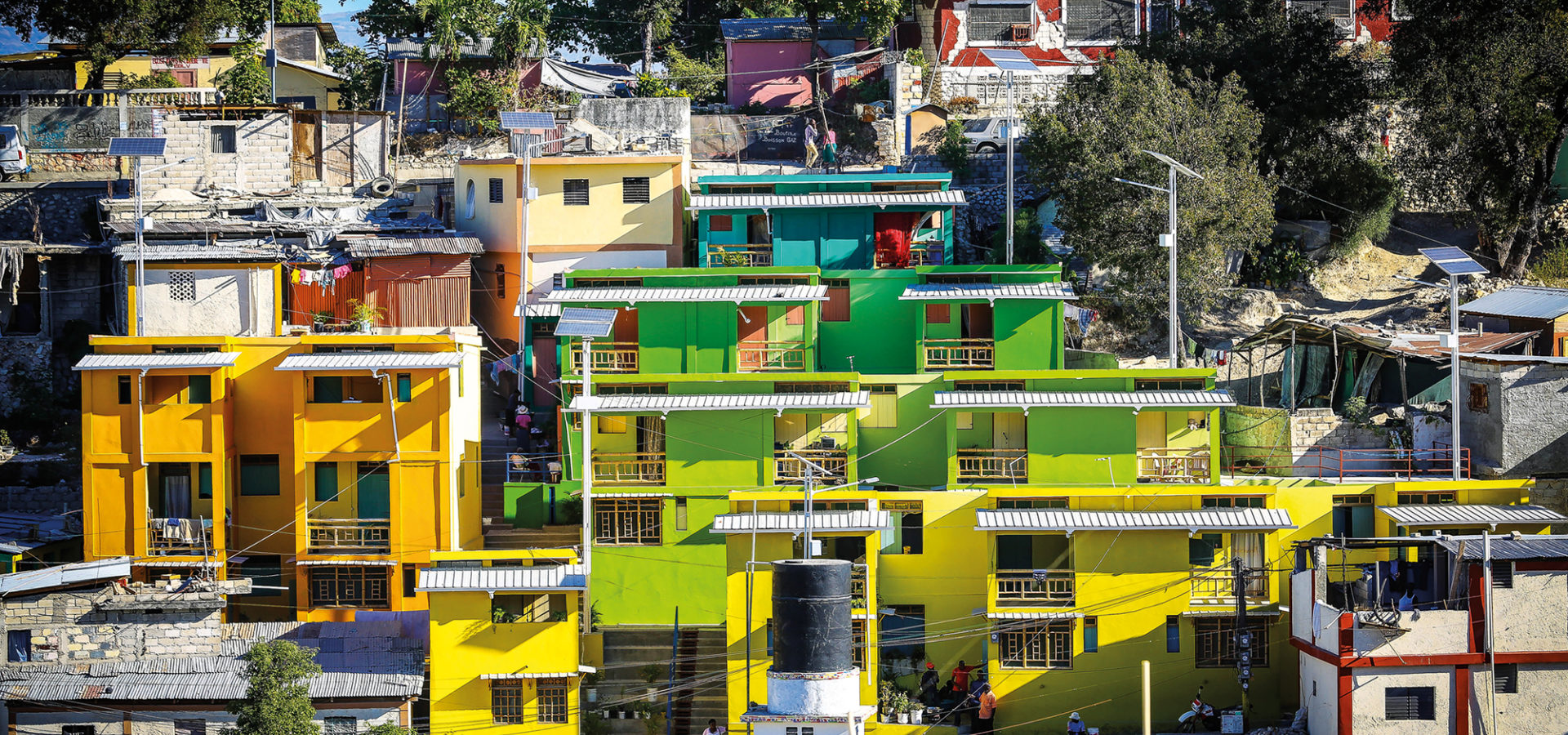What will Hayti look like in the next 20-50 years?
By: Daniel Silva
October 16, 2024

Hayti’s outlook for the next 20-50 years is complex and challenging, shaped by various social, cultural, and environmental factors. Here’s an analysis of what Hayti might look like in the coming decades:
Demographic Trends
Hayti’s population is expected to continue growing until around 2070, when it’s projected to peak at approximately 15.72 million people. After that, the population is likely to slowly decline. This demographic shift will have significant implications for the country’s development:
• A large youth population (currently two-thirds under 24 years old) will continue to dominate, creating both challenges and opportunities.
• The median age is expected to increase gradually from the current 23 years, potentially leading to a more stable workforce.
Economic Outlook
Hayti’s economy faces significant hurdles but also has potential for improvement:
• The agricultural sector, which currently accounts for almost two-fifths of the country’s income, may need to diversify and modernize to support a growing population.
• Efforts to reduce wealth inequality will be crucial, as currently the richest 1% possess half of the country’s wealth.
• Development of technical skills and improved education will be essential to boost economic growth and reduce dependence on imports.
Political and Social Landscape
The political situation in Hayti will play a crucial role in shaping its future:
• Efforts to establish stable, democratic governance will be critical for long-term development.
• Addressing corruption and improving institutional capacity will be necessary to implement effective policies and attract investment.
• Social justice demands, particularly from the youth, will likely continue to influence political discourse and policy-making.
Environmental Challenges
Hayti’s vulnerability to natural disasters and climate change will remain a significant concern:
• Efforts to improve resilience to hurricanes, earthquakes, and other natural hazards will be crucial.
• Climate change adaptation strategies, particularly in agriculture, will be necessary to ensure food security and economic stability.
• Improving access to clean water and sanitation facilities will be a priority, as currently 42.3% struggle with access to clean drinking water.
Security and Stability
Addressing gang violence and improving overall security will be critical for Hayti’s future:
• Strengthening the Haytian National Police and potentially implementing international security support will be necessary to combat gang control.
• Long-term strategies to address the root causes of violence, including poverty and lack of opportunities, will be essential.
Cultural Resilience
Despite the challenges, Hayti’s cultural strength may play a significant role in its future:
• The country’s rich history of resilience and revolution could continue to inspire social movements and progress.
• Preservation and celebration of Hayti’s unique cultural heritage, including its languages (French and Creole) and religious practices, may contribute to national unity and identity.
In conclusion, Hayti’s future over the next 20-50 years will largely depend on its ability to address current challenges while leveraging its strengths. Successful implementation of sustainable development strategies, improved governance, and effective management of environmental risks could lead to significant positive changes. However, failure to address these issues could result in continued struggles with poverty, instability, and vulnerability to external shocks.
Copyright and License Information
We or our licensors own and control all of the copyright and other intellectual property rights in the website and the data, information, and other resources displayed by or accessible within the website.
4.1 Creative Commons
The content on this website is available under a Creative commons – Noncommercial License, unless specified otherwise.
- For more information, please visit our Terms and Service page.
